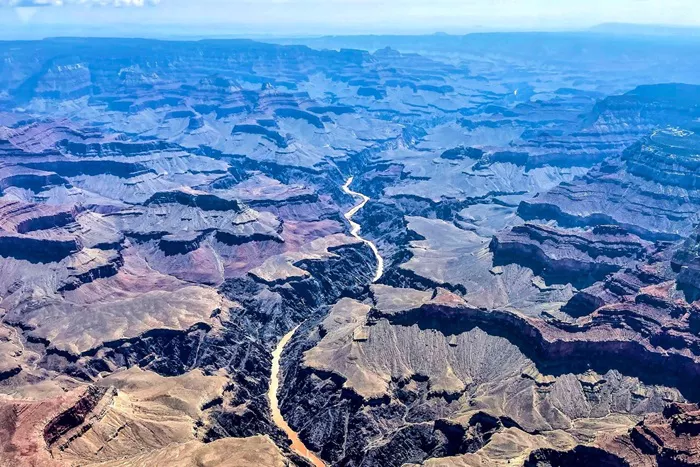The National Weather Service (NWS) has issued an extreme heat warning across parts of Arizona, including the Grand Canyon region, advising hikers to avoid physical activity in the area due to dangerously high temperatures expected through Friday evening.
Forecasts predict temperatures at Phantom Ranch could reach a scorching 114 degrees Fahrenheit, with other areas such as Havasupai Gardens expected to see highs near 102 degrees. The warning covers much of Arizona, including Tucson metropolitan area and Pima County, where temperatures could reach as high as 112 degrees.
The NWS cautions that “day hikers on Bright Angel Trail should descend no farther than 1.5 miles from the upper trailhead.” Additionally, from 10 a.m. to 4 p.m., hikers are advised to either be out of the canyon or at designated campgrounds such as Havasupai Gardens or Bright Angel, as physical exertion during these hours poses serious risks.
Extreme heat warnings are reserved for the most severe conditions—defined as temperatures above 105 degrees sustained for over three hours per day on two consecutive days. The Grand Canyon’s lower elevations, particularly below 4,000 feet, are especially vulnerable during these periods.
Heat-related illnesses pose a significant risk, with the NWS emphasizing that “most individuals will be at risk for heat-related illnesses without effective cooling or adequate hydration, especially with prolonged outdoor exposure.”
Tragically, the Grand Canyon has already experienced fatalities related to the harsh conditions this season. In May, 74-year-old experienced hiker Dennis Smith died after becoming unresponsive on the North Kaibab Trail during a Rim-to-Rim hike. While no official cause of death was confirmed, park officials underscored the critical importance of safety and preparation amid extreme heat. The park also saw three heat-related deaths last year during a record-breaking summer.
Over the past decade, approximately 17 deaths have occurred in the park, with cardiac arrest—the result of extreme heat and heat stroke—being the leading cause. National data reflects a growing trend: heat-related deaths in the United States have increased by 117% from 1999 to 2023, a rise mirrored in the Grand Canyon area as well.
A 2023 study published in PLOS One highlights the increasing threat of heat-related fatalities in the park, exacerbated by the fact that most visitors arrive during the summer months when emergency response may be delayed by heat.
Emergency calls in the park increase dramatically when temperatures exceed 95 degrees Fahrenheit, with distress calls rising by 71%, according to park service data.
Residents and visitors in Arizona’s surrounding regions—including the Tucson metro area, Gila River Valley, and central Pima County—should also be prepared for extreme heat, with forecast highs ranging from 100 to 112 degrees. In 2024, Phoenix experienced an unprecedented 113 consecutive days of temperatures at or above 100 degrees, underscoring the growing intensity of heatwaves in the region.
Officials strongly advise the public to heed warnings and avoid hiking in the Grand Canyon during this period to prevent heat-related injuries and fatalities.


